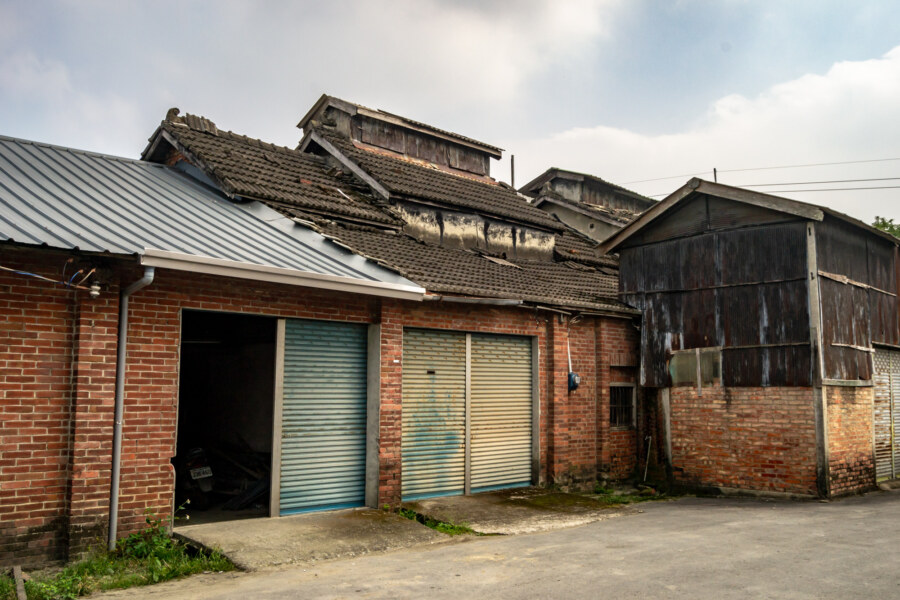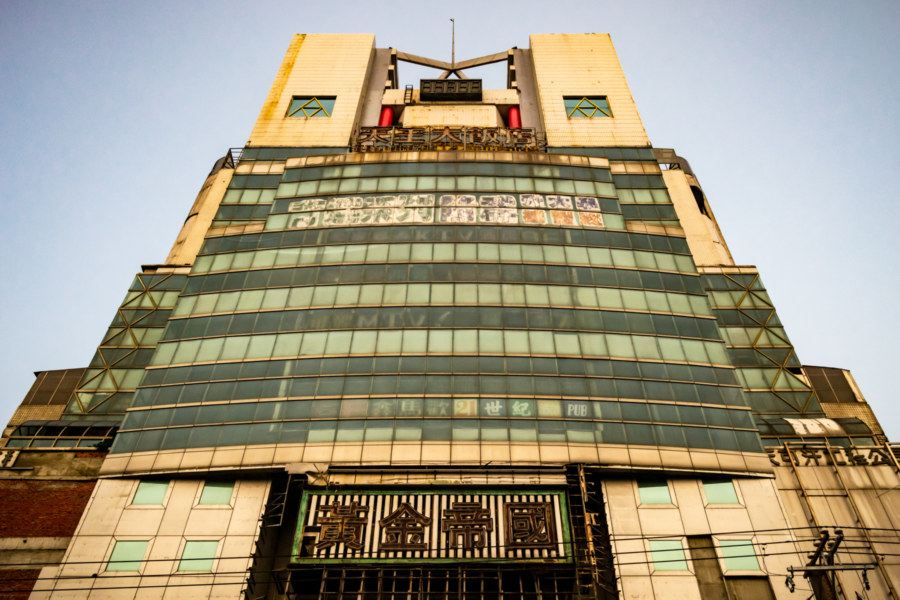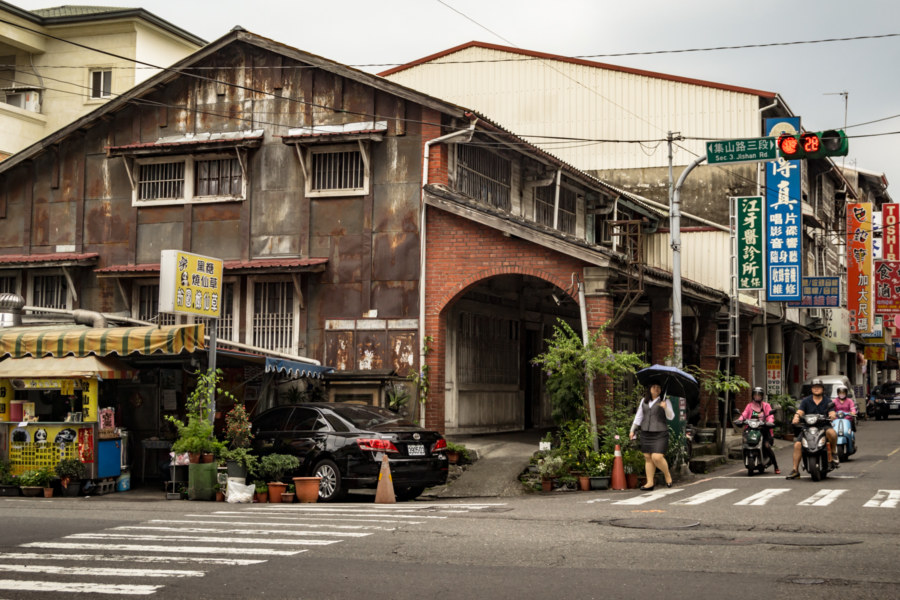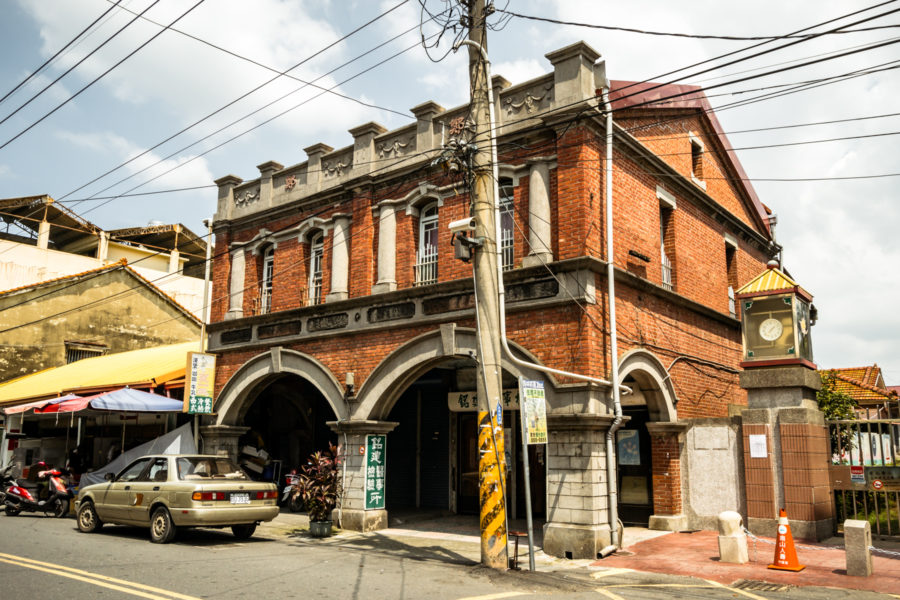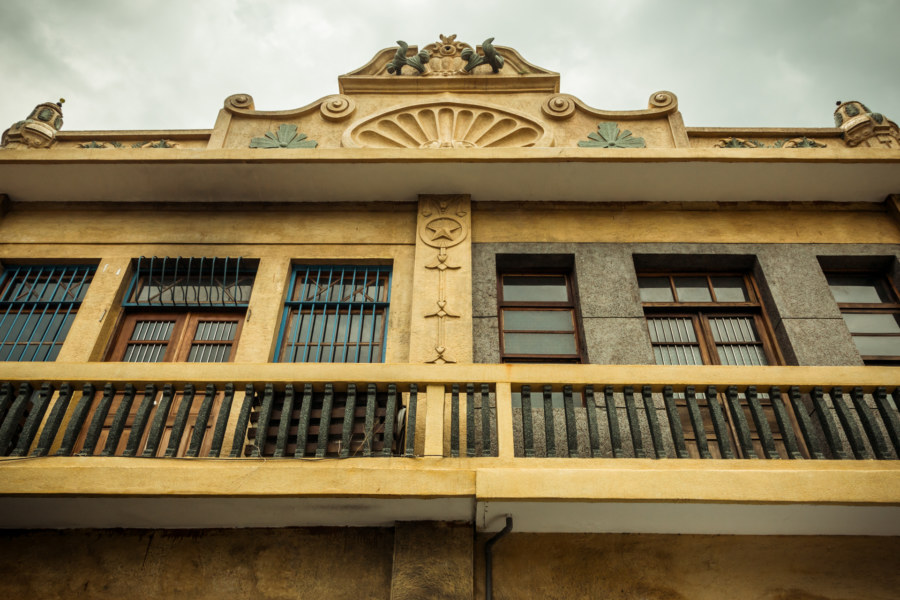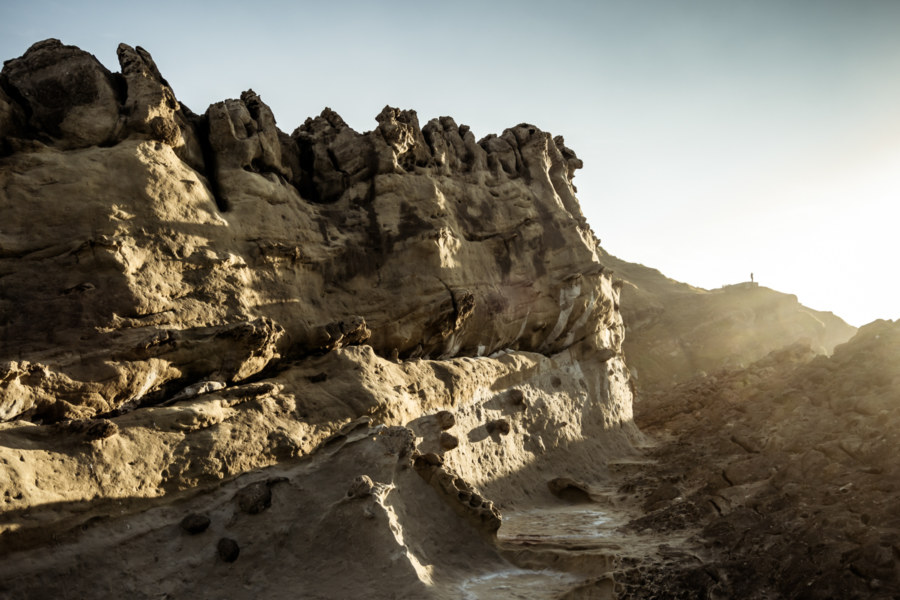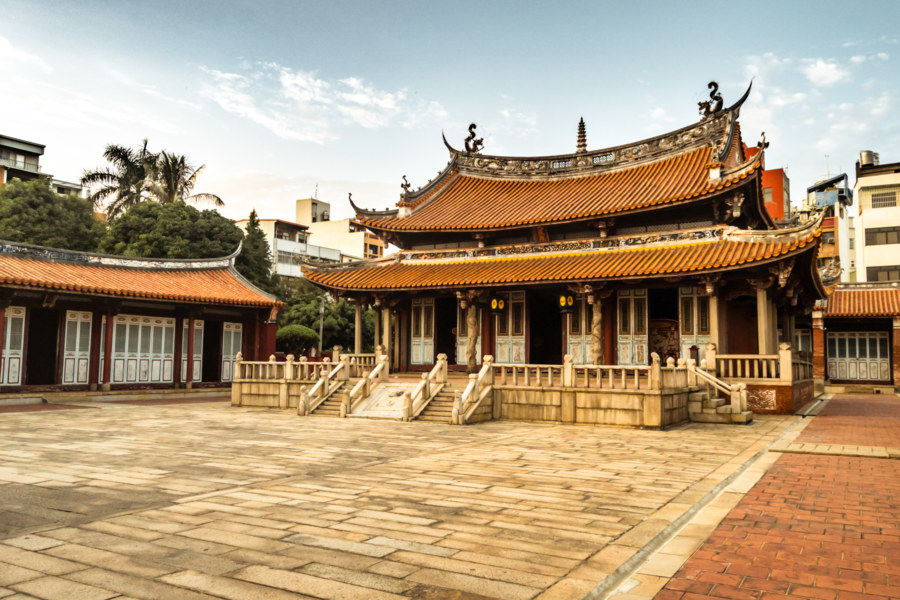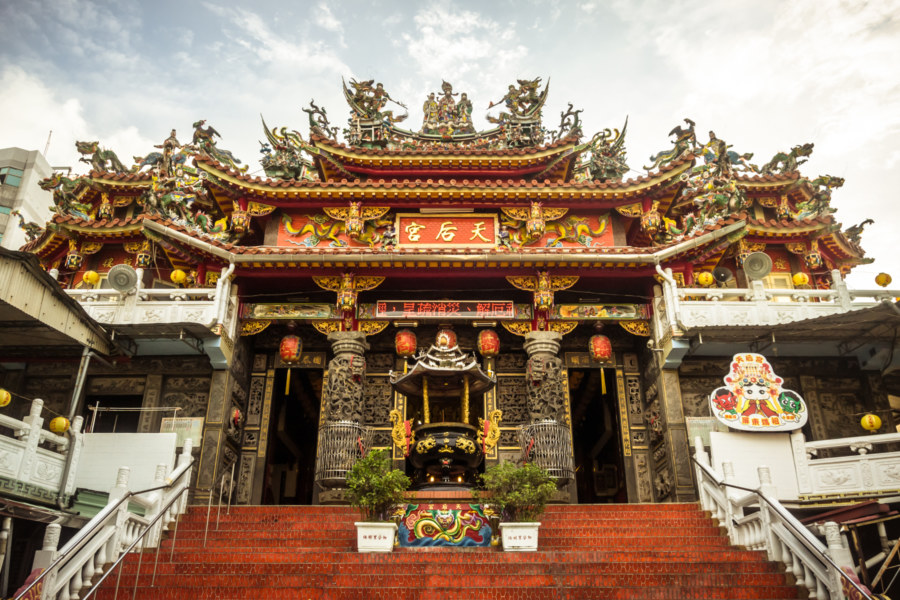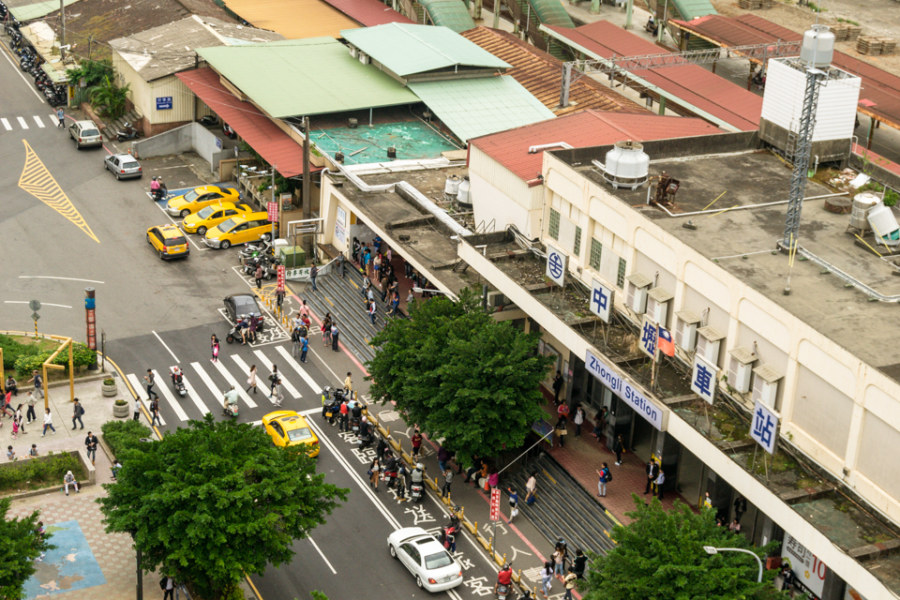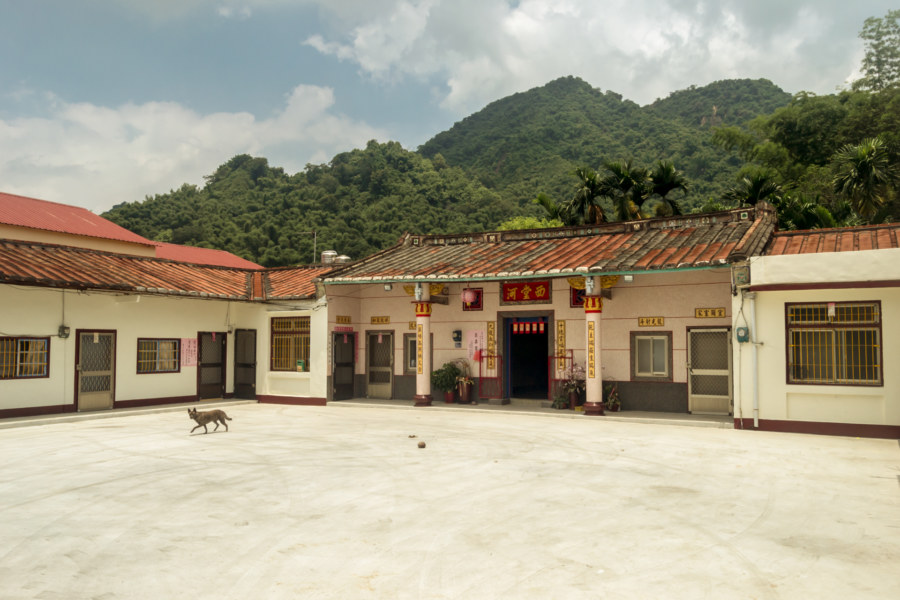Linnei is a small rural township located on the south side of the Zhuoshui River in northeastern Yunlin, Taiwan. Despite its strategic position on the Western Trunk Line this township remains mostly pastoral and undeveloped, with little industrial activity compared to neighboring Douliu, the administrative seat of the county. Population in the township peaked at nearly 23,000 in the 1970s and has been declining ever since, recently falling below 18,000 as rural flight continues apace. Nowadays the local economy mostly revolves around agricultural products such as rice, bamboo, and tea, but Linnei was once a major center of tobacco cultivation, traces of which can be found scattered across the countryside.
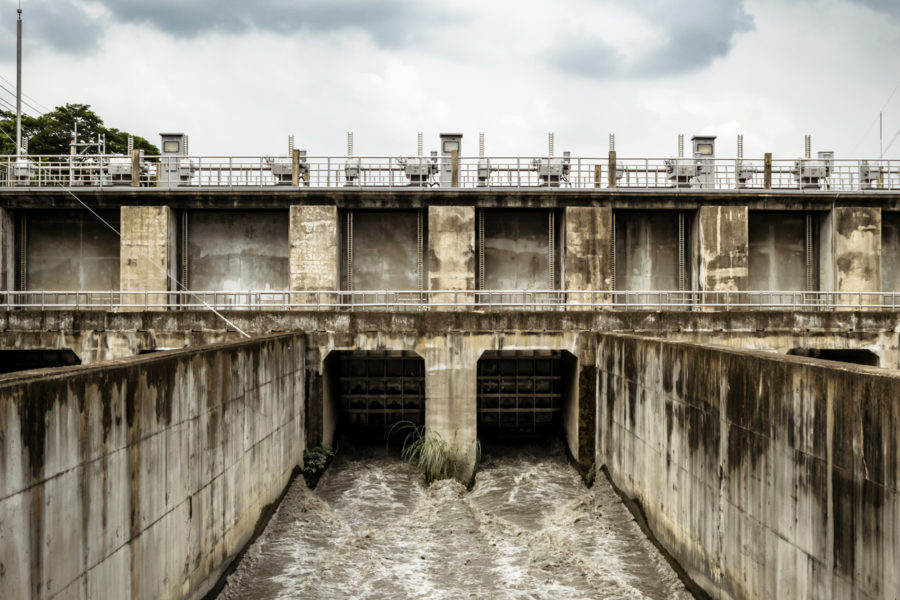
This section is dedicated to long-form photo-essays about specific locales in Taiwan. Each post features a visual introduction to the forms and landscapes of a place as well as mostly informal commentary—much as one might find on the back of a postcard.
Postcards From Yuanlin 員林明信片
Yuanlin is a modest settlement of approximately 125,000 residents located on the Changhua Plain (彰化平原) in eastern Changhua, Taiwan. It was formerly the most populous urban township in the nation, but Yuanlin was upgraded to a county-controlled city in 2015, second only to the administrative capital, Changhua City. Considerable work has been done in recent years to improve the urban environment of Yuanlin, and it feels like one of the few places between Taichung and Tainan that isn’t falling into disrepair and emptying out. That being said, urban decay remains widespread in Yuanlin, and there are many interesting ruins worth exploring before they disappear. For students of city planning and development this compact city also has quite a lot to offer—and in this post I aim to introduce some of its more intriguing features, mainly drawing upon photographs from 2013 to 2015, when I was spending significant amounts of time in the area.
Postcards From Zhushan 竹山明信片
Zhushan (literally “Bamboo Mountain”) is a historic yet obscure township in southwestern Nantou mainly known for cultivating tea and bamboo. The town itself is one of the oldest in central Taiwan but it hardly feels that way. Many of Zhushan’s most historic structures were destroyed or damaged beyond repair in the devastating 921 Earthquake that struck in 1999, which is why its “old street” is lined with modern buildings. Most travellers pass through Zhushan on the way to attractions deeper into the rugged interior of Taiwan without sparing it a second glance—but I stopped for a closer look in the summer of 2017 while on an impromptu road trip. After staying the night in a sleazy love motel never meant for sleep (there was no way to switch off the lights) I wandered around in the morning haze, capturing traces of Zhushan’s history as it disappears into memory.
Postcards From Ershui 二水明信片
Ershui is a rural township located in the southeastern corner of Changhua, bordering Yunlin and Nantou. Ershui Station 二水車站, constructed in 1935, is the primary point of transfer between the Main Line 縱貫線 of the Taiwan Railway Administration (TRA) and the Jiji Line 集集線, a tourist railway leading into the interior. Ershui, which literally means “two water”, is named after the Bābǎo Canal 八堡圳, an extensive system of artificial waterways still responsible for irrigating much of the Changhua Plain 彰化平原 three centuries after it was devised. During the Japanese colonial era this small town prospered as a center of woodworking while farmers in the countryside cultivated bananas, grapes, guava, and tobacco, among other crops. Nowadays it is mainly known as a sleepy stopover on the way to parts beyond—but a closer look will reveal several points of interest for anyone curious about Taiwanese history, architecture, and vintage style.
Postcards From Xiluo 西螺明信片
Xiluo is a small historic town on the south bank of the Zhuóshuǐ River 濁水溪 in Yunlin. It emerged as an important center of trade in central Taiwan during the Qing dynasty era and continued to prosper into the early 20th century under Japanese colonial rule. Disaster struck in 1935 when the devastating Hsinchu-Taichung Earthquake ripped through north-central Taiwan, reducing much of Xiluo to rubble. Colonial authorities and the local gentry worked together to rebuild, taking the opportunity to completely remodel the main commercial thoroughfares with an intriguing blend of influences from Baroque Revival, Art Deco, and Modernist architecture. A short stroll down Yánpíng Old Street 延平老街 reveals that many of these unique shophouses and commercial buildings remain standing today.
Postcards From Badouzi 八斗子明信片
Near the end of my first summer in Taiwan I visited Bādǒuzi (八斗子), a rocky headland, coastal park, and major fishing port at the far eastern edge of Keelung. I went there on impulse, not knowing what to expect, just to see what was out there. Google Maps and Taiwan’s excellent public transit system make random explorations like this almost effortless: pick a point of interest and follow the directions—the digital equivalent of throwing a dart at a map. This post features a selection of retouched photos from this expedition alongside the sort of explanatory text I wouldn’t have been able to write back in 2013. Fair warning for arachnophobes: this post contains several gratuitous photos of giant spiders and other creepy crawlies!
Postcards From Changhua City 2 彰化市明信片二號
Not long after moving to the administrative capital of Changhua in 2014 I published a collection of photographs entitled Postcards from Changhua City. All of the photos in that post were shot in my first few months of residency but I ended up staying for half a year. In that time I gathered more than enough material for a sequel while making my daily rounds. So here it is: more photos from my time in Changhua City, a historic town in central Taiwan. As before, additional information and links are included in the caption for each photo, where available.
Postcards From Pingtung City 屏東市明信片
One of the pleasures of bicycle touring in Taiwan is the freedom to change plans on impulse. On my second day of a trip down south in June 2015, having previously cycled across Kaohsiung from Tainan, I opted to hang out and see more of Pingtung City. A dire weather forecast calling for bouts of torrential rain had already introduced some uncertainty, but I was also curious about this city of 200,000, about which almost nothing is written in English. Finding an interesting place to stay sealed the deal—and so I checked out of a grimy hotel near the train station after breakfast, moved my stuff to the new place, and spent the day exploring the administrative center of Pingtung, the southernmost division of Taiwan.
Postcards From Zhongli 中壢明信片
I resided in Zhongli, Taoyuan, for two months at the very end of 2015 for reasons outlined in my first dispatch. In short: I wanted to try out living in another city in Taiwan and had a few good friends in the area, one of whom is fellow Canadian blogger Josh Ellis. In my time in Zhongli I captured numerous scenes from everyday life in this burgeoning conurbation of half a million. This post is meant to convey a sense of what it was like to live there for a while—just as I previously did for my time in Wenshan District, Taipei. It is not meant to be a comprehensive guide or a review; think of this as a loose collection of snapshots and impressions of a mid-sized Taiwanese city not commonly documented in English.
Postcards From Meinong 美濃明信片
I briefly visited Meinong in July of 2014 while cycling around southern Taiwan. I hadn’t done any planning prior to arrival and knew nothing of what I was getting myself into nor what sights I should have made an effort to see. I was navigating almost exclusively by instinct, riding in whatever direction seemed interesting, simply to see what was there. Gathered here are several of my photos from a few uninformed hours in this bucolic rural township in Kaohsiung.
